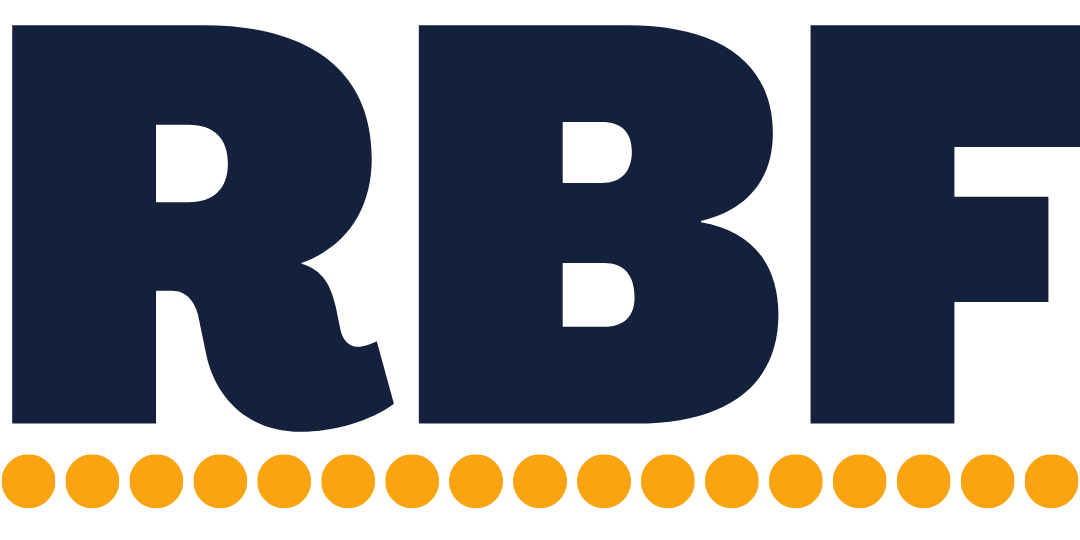Financial reports need context
Financials are relatively meaningless without context. The context is what gives them their real weight, significance, and, well, meaning. Otherwise, they’re just numbers on a page. For example, the same set of financial statements that’d be good news to a venture-backed startup might mean bad news to a publicly traded megacorp. It’s that big picture context of their goals, operations, and business environment that gives the meaning and takeaways to those financials.
And, the same is true of your business. You (and all the other stakeholders) need to understand the full context and look at your financials thru that lens. That can be relatively easy when you’re a freelancer and your business is straightforward enough to keep all in your head. But, as you grow, the context will occupy more and more headspace and be harder and harder to keep straight. You’ll need to condense your business into an easily digestible guide to keep everyone on the same page.
Three context documents:
Structured strategy exercises (eg, business model canvas, SWOT analysis, goal setting, etc) are a great way to distill the big picture context into just a few pages. They help you think thru your goals, operations, and business environment then summarize them in a digestible format. There’s three types of strategy exercises you might want to do:
Who we are: ‘Who we are’ exercises capture the qualitative, non-numerical details of your business. That includes things like: mission statements, target market, service offerings, strengths & weaknesses, the business environment (aka, opportunities & threats), legal entities/structure, etc. While these things may change and evolve with your business, they aren’t goals or things you’re actively changing.
Examples: business model canvas, lean business plan, SWOT analysis
Where we’ve been: ‘Where we’ve been’ exercises give a quick summary of your business history. They keep track of your progress, what you’re working on (from a business perspective, not a client work perspective), things you’ve tried, goals you’ve achieved, and give a 30,000-foot view of what’s currently happening ‘on the ground’ in your business.
Examples: weekly/monthly memos, running goals doc
Where we’re going: ‘Where we’re going’ exercises outline goals and aspirations. They could include everything from quarterly milestones to 5-year plans. They could even include certain financial reports like budgets or long-term forecasts.
Examples: SMART, OGSMs, other goal setting frameworks
Easily reviewable:
Your context docs should be easily reviewable, so you can quickly skim them and new stakeholders can get up to speed. They’re more akin to a creative brief for your business than an authoritative autobiography. You’re not writing Shoe Dog (a book about Nike’s history) for your business. Make these documents easily readable with ample bulleted lists, bolded/highlighted words, and short sentences. Cut anything that doesn’t give important context. For example, when your business was founded isn’t important context. But, what legal entity you are is.
Centrally located & part of review:
Context docs shouldn’t collect dust in a metaphorical junk drawer (aka, Google Drive). They should be actively used in your financial review process. Include them with your financials and other management reports in your review stack. And, include links in your report cover letters or project management tasks for easier access. For example, if you have a monthly recurring ClickUp/Monday/Teamwork/whatever task that reminds you to do financial review, add direct links to your context docs in the task description. And, if you’re a subtask-er, add a ‘Review context docs’ subtask.
How to review context docs:
Don’t overthink it. Take 5min to just read thru your context docs and refresh your memory then move on to your regular financial review. Context docs are just meant to be a palate cleanser from your normal day-to-day client work and operations so your takeaways aren’t clouded by whatever current fire is going on in your business. You’re reviewing a month’s (or maybe a quarter’s) worth of financial data. You don’t want your takeaways to be skewed by whatever is going wrong recently.
Action Item & Discussion Questions:
💪: Start your context docs. I’d suggest starting with either a Business Model Canvas or a SWOT analysis.
🤔: What do you think? Are there certain contextual metrics/stats you should always review? Things you’d always want to keep in mind? Do you have a strategic framework you loveee? Or, is this all overkill?
💪 What we do at Resting Business Face 😤
🚀 Finance Partner: Forecast the next 12+ months, improve your cash flow, and work closely with yours truly.
🤓 Hands-off Consulting: Annual forecasting and quarterly calls when you need just a touch of guidance.
🏛️ Tax Essentials: Taxes, accounting, and payroll to keep your business on the IRS's good side.
